Jamie Siminoff, our latest guest on the Gentleman’s Journal podcast, is that purest, most charming type of entrepreneur — the inventor, the tinkerer, the gadget-hacker, the bodger, the problem solver. He started young, in many ways, taking apart remote controlled cars and digging constantly under the hood in his home in New Jersey.
After university, he set up and ran a small series of tech companies that pretty much broke even — a Voice Over IP start up in Bulgaria; a voicemail-to-text converter; a smart email de-clutterer.
They were all perfectly nice and often ingenious — but none of them particularly moved the dial. So he headed back to his garage and started tinkering once more. And it was here, amid the soldering irons and the screwdrivers, that he stumbled upon Ring, the invention that would make his fortune — a video enabled smart doorbell that connected to a smart phone. The journey from that moment to Ring’s famous 1 billion dollar acquisition by Amazon is fascinating: full of ups and downs, near death experiences, luck and graft and even an appearance on the fearsome Shark Tank. Here are six lessons from Jamie Siminoff’s rollercoaster of a career.
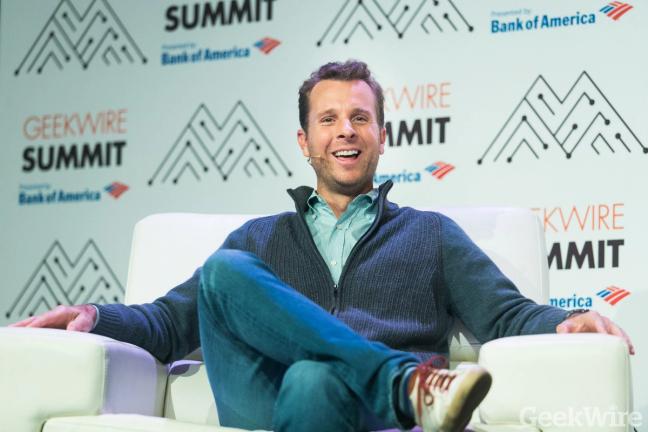
Indecision can be fatal
“One of my strengths is that I make a lot of gut calls, but I make them off of data. I’m not good at a lot of things. But one of the things I’m good at is taking all the inputs that are around me, and being able to spit out decisions quickly based on that. If you’re building a startup, the amount of decisions you have to make is extreme, and you can’t have a meeting on every decision. You have to make a lot of decisions fast. I think it’s true that making no decision is worse than making a bad decision. Indecision is a really bad thing.”
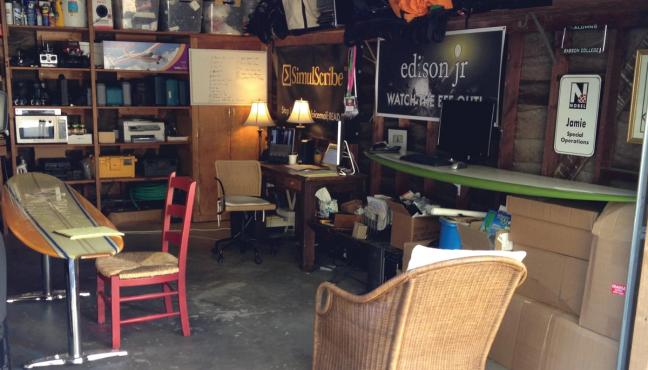
Jamie's garage, where the first prototypes for Ring were conceived
Don’t rush into business too quickly
“I liked solving problems, and I liked building products. For me, the most frustrating thing was that I kept building these products that no-one used at scale. An inventor is an artist. You want people to see the artwork and talk about it. So I didn’t accomplish the objective of an inventor.
That’s when I said: I’m going to go to the garage and I’m just going to work on things and try to build things. I realised that I would get into the business side of things too quickly. And once you’re in a business, you can’t turn right and left. You’re on a railroad track. The train doesn’t get to decide where it’s going. And I wanted to be nimble. It was myself, and two interns in my garage. And we just started tinkering.”
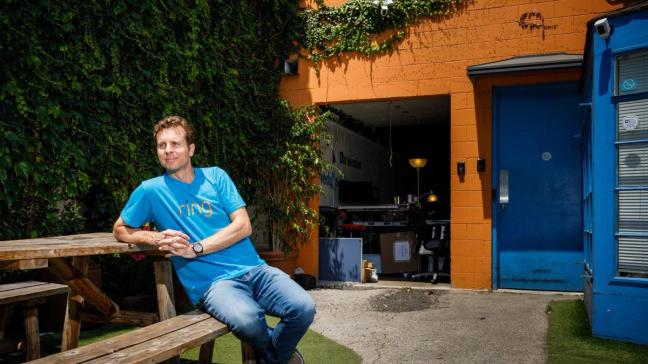
Solve your own problems
I’m working away in the garage, and people are coming to the house two visit or deliver packages, and I can’t hear them from the garage. So I tried to buy one of those cheap doorbell buttons with the remote wireless “ding!” But the signal wouldn’t reach to the garage.
I had a new iPhone, and it was 2011. I started to think — why couldn’t the doorbell connect to my phone? Why couldn’t I see them at the door, or tell them to leave my package? I didn’t think I was inventing anything, because I thought the idea was so obvious it would be out there. It wasn’t out there, so I started hacking something together. I bought an early webcam and soldered a bunch of stuff together, and hacked the system to make it alert me when it would come up. And it was huge. You would have thought my wife would hack it off the door with a crowbar, it was so ugly.”
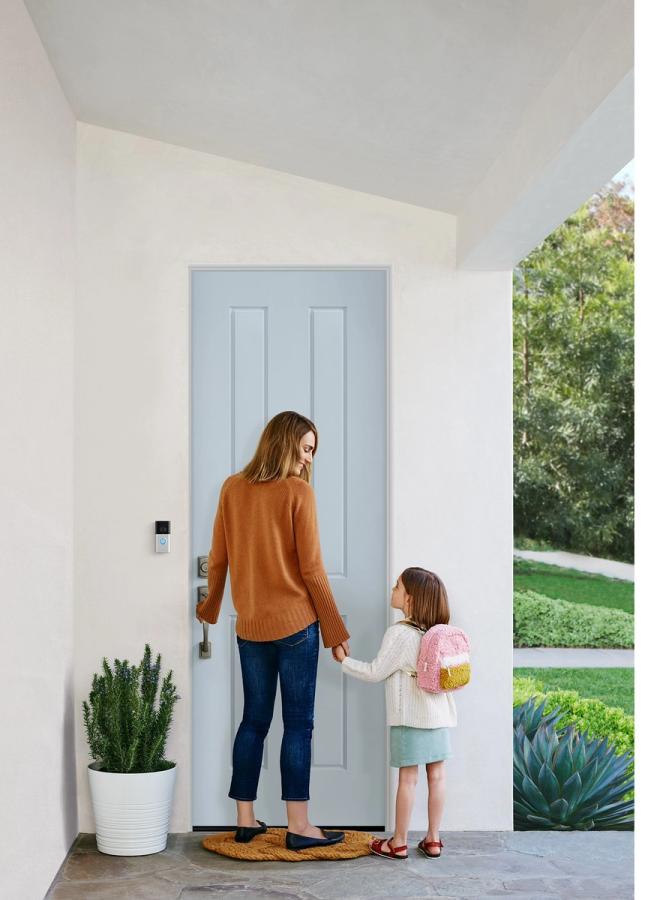
Great products take on a life of their own
“To my surprise, my wife told me she loved the product. We were living in a small house right on the street, and she liked the idea of being able to see who was at the door without being in that compromised position. That was a slight ‘aha!’ moment.
When we put it up for pre-sale, this woman in Northern Californian bought it, and said: “my neighbour was robbed, and their house was broken into. Someone came and rang the doorbell, and I wasn’t in. But I was able to answer the doorbell and act like I was at home.” And the robber went away. That was the big aha! moment. People could see the value in it ways we hadn’t expected. The real invention that created Ring was not the doorbell. It was the mission of making neighbourhoods safer.”
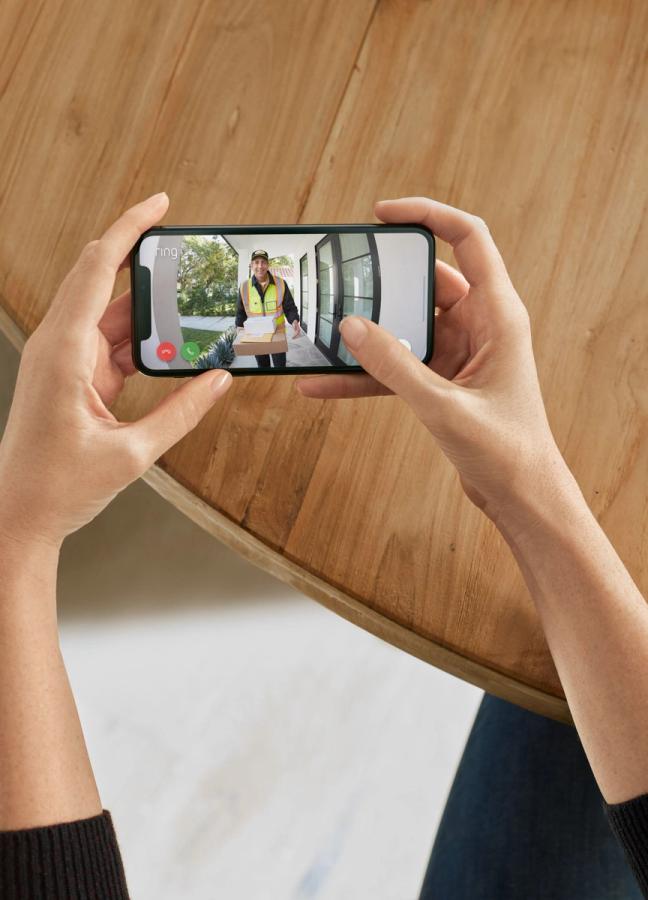
Life’s a pitch
“When we were invited to go onto Shark Tank, the focus I put on it was huge. I took it like I was an olympic athlete — a track star training to go to the olympics. I set it up in the backyard, I had hundreds of questions that I got friends to ask me. I wanted to raise cash, but I also wanted to do great on the show. If you look at the time we put into it, and the money it cost us to build a fake house set, it was a huge bet for us.
I had to do a live demo of the product on the set. And the product just wasn’t there yet. You’re incredibly rushed for time. And if you do anything outside of your slot, they just cut you. There’s a lot of pressure. The point I remember most was when I pressed the button, and it worked, and the image came up — I think I could feel the steam coming out of my ears. That was the first time I felt: ‘I’m not going to die!’”
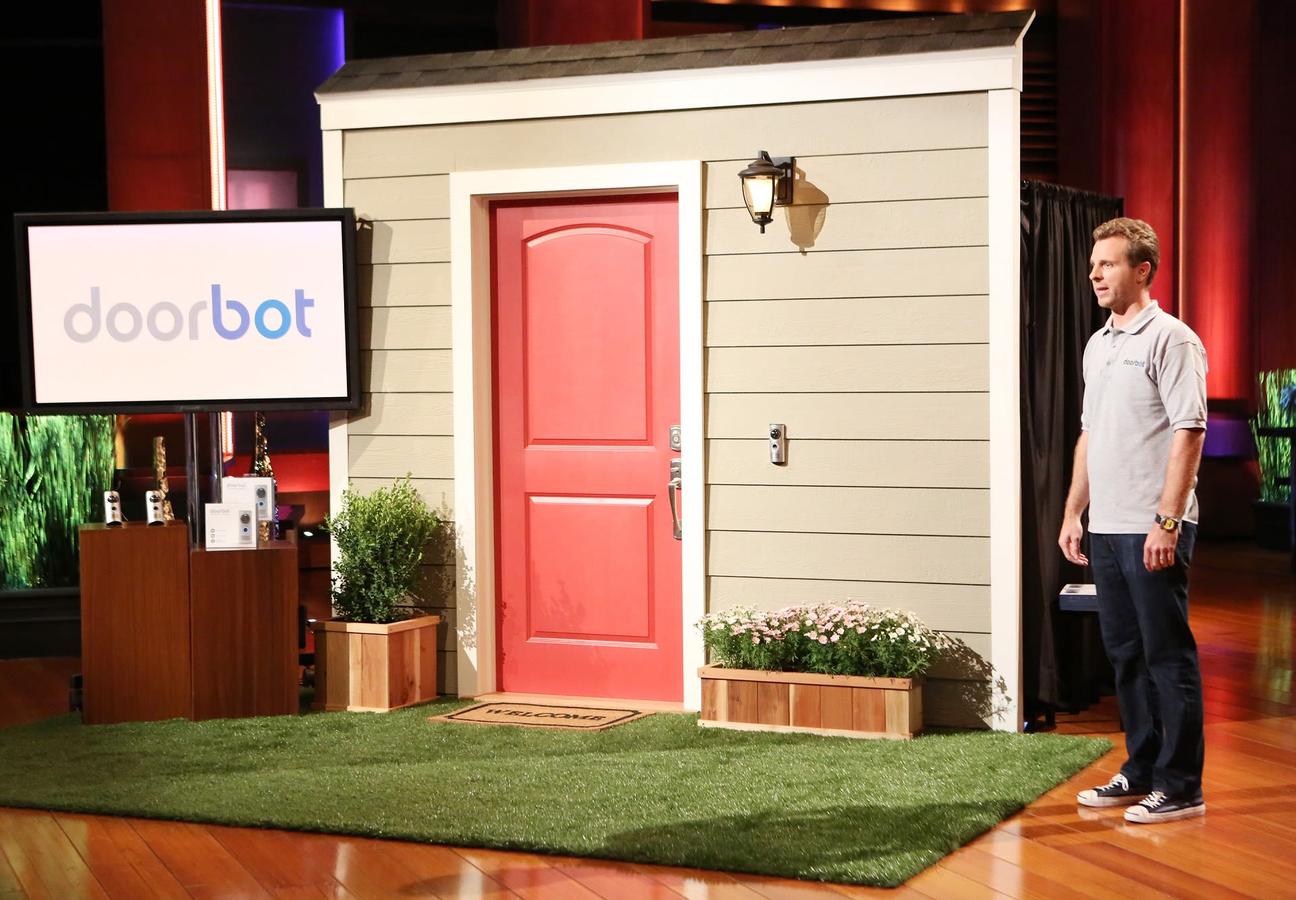
Don’t celebrate too much
“One thing which is important to the culture of Ring is not celebrating. I’m a happy person, and I like to smile and laugh — I’m not being miserable. But it’s important to keep thinking: what can we do next for people? When you celebrate, you’re celebrating this moment in time as if you control everything and everything is perfect. I like the idea of always trying to look forward, instead. That’s what I live by: what can I do next to make things good, better, best?”
Read next: Five lessons from the life of Peloton’s John Foley

Become a Gentleman’s Journal Member?
Like the Gentleman’s Journal? Why not join the Clubhouse, a special kind of private club where members receive offers and experiences from hand-picked, premium brands. You will also receive invites to exclusive events, the quarterly print magazine delivered directly to your door and your own membership card.


